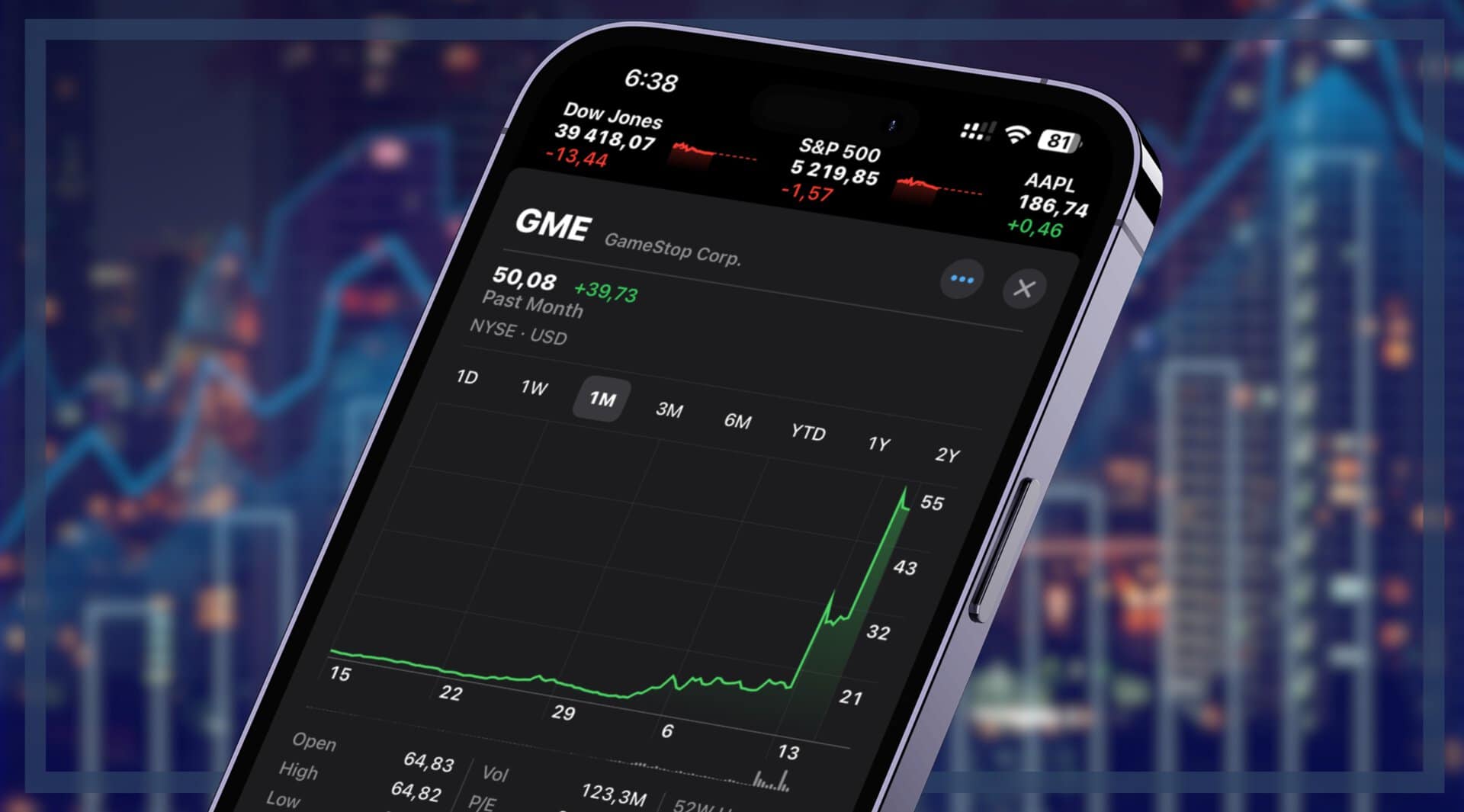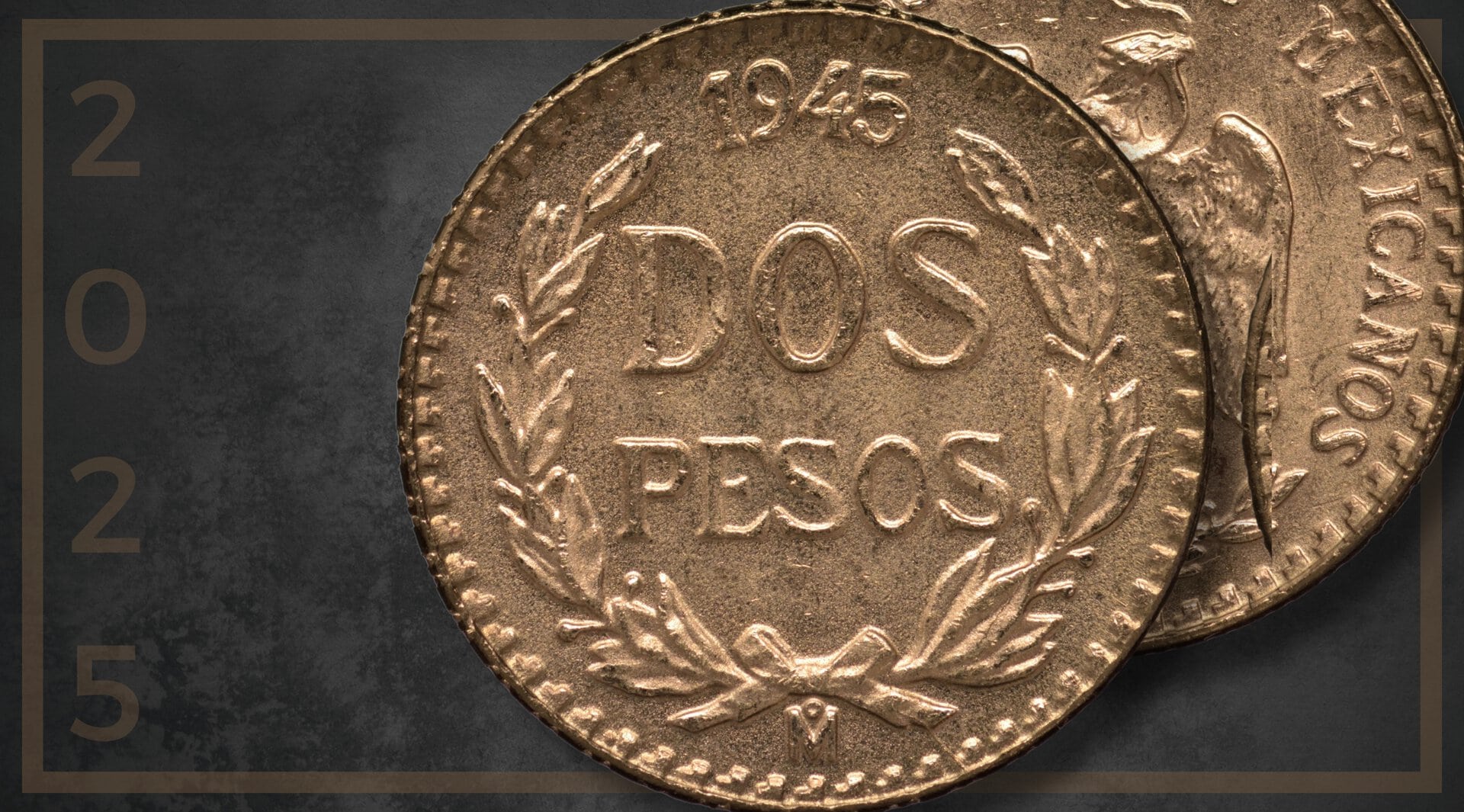The crypto industry is bracing for a potential shakeup as Mt. Gox, the once-dominant but now defunct crypto exchange platform that collapsed in 2014 after a devastating hack, prepares to return over 140,000 bitcoins (worth roughly $9.4 billion at time of writing) to creditors this coming July. This re-entry of a massive chunk of BTC into the market has investors on edge, sparking concerns about its impact on BTC’s price stability, overall market sentiment, and long-term trajectory.
BREAKING: Mt Gox to start $BTC and $BCH repayments in July. Expect turbulence, especially with Fed week this week too.
— Ken Standfield (Inventor – CTKS Method) (@StandfieldKen) June 24, 2024
The Tokyo-based Mt. Gox was hacked in 2011 and went bankrupt in 2014 after it lost 850,000 #BTC. It will repay creditors around $9 billion in #Bitcoin,… pic.twitter.com/VXAzGnLncg
Trustee Nobuaki Kobayashi made this known in a Monday statement posted on the Mt. Gox website: “The Rehabilitation Trustee has been preparing to make repayments in Bitcoin and Bitcoin Cash under the Rehabilitation Plan.”
According to him, due diligence and the requisite safety procedures will need to be put in place before payments will be successfully processed.
He stated that “the repayments will be made from the beginning of July 2024,” in a frantic bid to meet the October 31 deadline set by the Tokyo court to restate what is owed its decade-long, persevering customers.
The Mt. Gox Saga
Mt. Gox’s fall from grace in 2014 — once the world’s largest Bitcoin exchange, handling around two-thirds of all Bitcoin transactions — was an eye-opening moment for the Bitcoin community. The exchange’s catastrophic hack, attributed to security vulnerabilities, led to the loss of a staggering 850,000 BTC in both user funds (744,408 BTC) and Mt. Gox’s fund (100,000 BTC), valued at over $51.9 billion. As one of the first major tests for the BTC market, this event sent shockwaves through the fledgling cryptocurrency market, raising serious questions about security and fostering a climate of fear.
The exchange declared bankruptcy in 2014, and creditors have since awaited the repayment of their holding. After years of legal wrangling, Mt. Gox received Japanese court approval for a rehabilitation plan in 2021, allowing them to use their remaining BTC holdings to compensate creditors partially.
The Repayment Plan
After years of postponed deadlines, Mt. Gox announced this June that it would begin repaying its creditors in July 2024. The repayments will be made in Bitcoin (BTC) and Bitcoin Cash (BCH).
The exact amount of BTC to be distributed remains unknown publicly, but the exchange consolidated over 141,686 BTC worth $9.62 billion into a single address, “1Jbez,” from multiple cold wallets on May 8.
💰On Tuesday, May 27, Mt. Gox moved BTC from their cold wallets for the first time in over 5 years. The bankrupt Tokyo-based Bitcoin exchange transferred 141,868 BTC (~$9.7bn) to a new address, then split it into 3 addresses managed by the Mt. Gox Rehabilitation Trustee.
— Galaxy (@galaxyhq) June 1, 2024
Impact On The Crypto Market
The influx of such a large amount of BTC into the market has caused some analysts to be worried about a potential price slump. The concern is that creditors, eager to recoup their losses, might dump their BTC holdings onto the market in a fire sale, driving down the price. This fear isn’t entirely unfounded. In May 2024, when Mt. Gox moved a significant amount of Bitcoin (around 138K) as part of their rehabilitation plan, the market witnessed a temporary price dip of about 2%.
🚨 Mt. Gox Moves 138K BTC 🚨
— 0xDaemon (@daemon_0x) May 30, 2024
On May 27th, Mt. Gox shifted 138K Bitcoin ($9.4B) across 7 segments, from 4K to 32K BTC each.
Now, 3 addresses each hold 47.4K BTC, all under the Trustee's control. No creditor repayments yet, hinting at planned repayments under the Rehabilitation…
Market Reaction
However, not everyone shares this gloomy outlook. Some experts believe that long-term Bitcoin holders, many of whom might be Mt. Gox creditors, will be more inclined to hold onto their recovered assets, particularly considering Bitcoin’s historical price appreciation. They point out that since the 2014 hack, Bitcoin has surged in value by over 1,000%, making a strong case for holding.
Notably, on Monday, the announcement of the Mt. Gox repayments led to a bearish market reaction, with Bitcoin dropping by 1.4% to as low as $67,680.
𝗝𝗨𝗦𝗧 𝗜𝗡: Bitcoin drops from $63K to $61K after the Mt. Gox repayment news.
— Lark Davis (@TheCryptoLark) June 24, 2024
Are we going to recover anytime soon? pic.twitter.com/Tf0QYSoGmu
However, some traders believe that the selling pressure from Mt. Gox’s repayments is overblown. They argue that the market has matured significantly since 2014 and is more capable of absorbing such shocks.
Will History Repeat Itself?
Past instances of large Bitcoin disbursements offer mixed signals. In 2014, when the closure of the infamous Silk Road marketplace led to the US Marshals Service auctioning off a large number of bitcoins, the price of BTC didn’t experience a significant decline. However, the market dynamics were vastly different back then, with Bitcoin’s market capitalization far lower.
With Mt Gox, German coins, ETF selling on the horizon, I do not believe that support levels and ranges will hold
— Andrew Kang (@Rewkang) June 24, 2024
NVDA looking like a local top
The only buyers seem to be leverage and short term traders knife catching
These moves typically result in a multi billion dollar… https://t.co/4t70LPP25b
The Potential Impact On Bitcoin’s Stability
The distribution of over 140,000 BTC could impact Bitcoin’s price and market stability. The influx of Bitcoin could lead to a temporary price dip if creditors decide to sell off their holdings. This is because a sudden increase in supply could outpace demand, driving the price down. On the other hand, if creditors gradually sell their BTC, the impact on the market might be negligible. The market has absorbed large amounts of BTC in the past, and its overall size is now much larger than in 2014.
From a technical analysis standpoint, Bitcoin’s price has shown resilience at crucial support levels. Historical data indicates that Bitcoin has rebounded from major corrections and has maintained a long-term upward trend. For instance, the price has consistently found support above the 200-week moving average, which could continue, barring any unforeseen market-wide shocks.
The psychological impact of the Mt. Gox repayments cannot be understated. The event may trigger memories of the 2014 hack and could affect investor confidence. However, with more institutional investors and regulated exchanges, the market’s maturity could help assuage fears and stabilize sentiment.
Despite the potential short-term volatility, many investors remain optimistic about the long-term prospects of BTC. They believe that events like the Mt. Gox repayments are part of the growing pains of a maturing market. As the market matures and institutional investors become more involved, such events are expected to have less impact.
At time of writing, BTC is trading around $61,096, down more than 6% over the past 24 hours. Market Analyst Tony Sycamore of IG Australia Pty identifies a possible support zone for Bitcoin at the 200-day moving average of about $57,500, according to Coinmarketcap data.
The Bottom Line
The Mt. Gox repayment plan is undoubtedly a significant event for the crypto market. While there’s a chance of short-term price volatility, the long-term impact remains to be seen. Market analysts are divided, with some predicting a potential price drop of up to 20% if creditors engage in mass selloffs, while others believe the impact will be muted.
As with any investment, staying informed and having a well-defined strategy is crucial for navigating the often-unpredictable crypto landscape. Investors should closely monitor the situation as more details about the repayments emerge and be prepared to adapt their strategies accordingly.
Author: Ayanfe Fakunle
The editorial team at #DisruptionBanking has taken all precautions to ensure that no persons or organisations have been adversely affected or offered any sort of financial advice in this article. This article is most definitely not financial advice.















